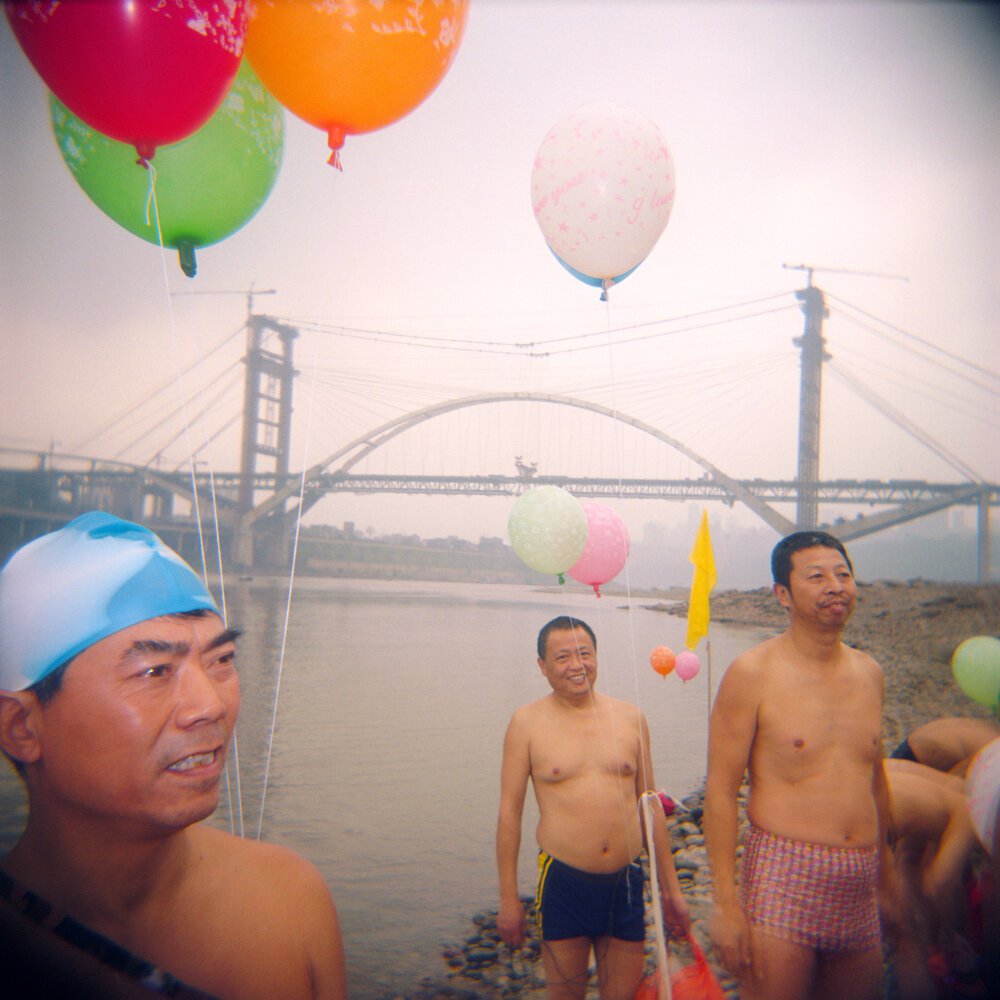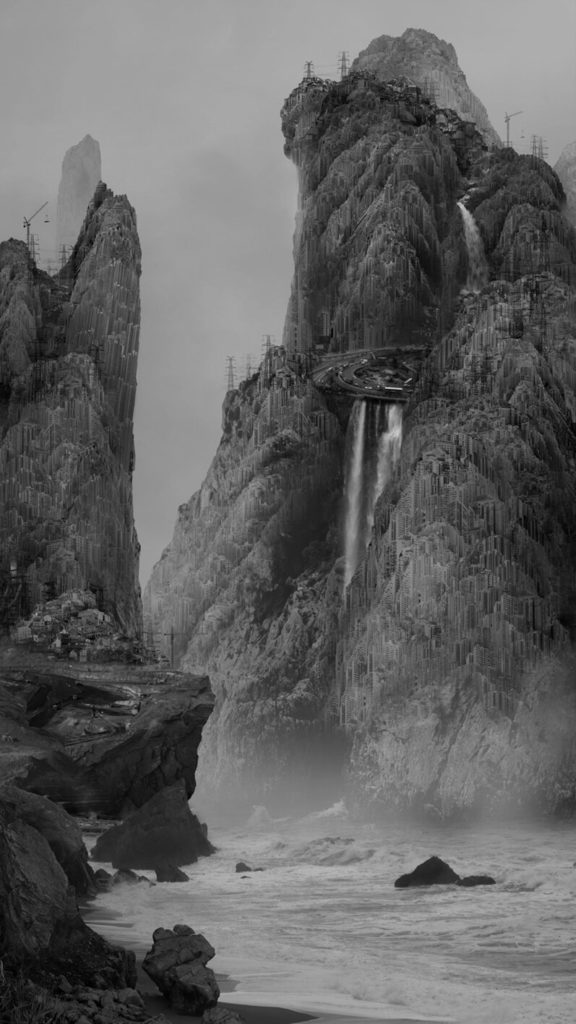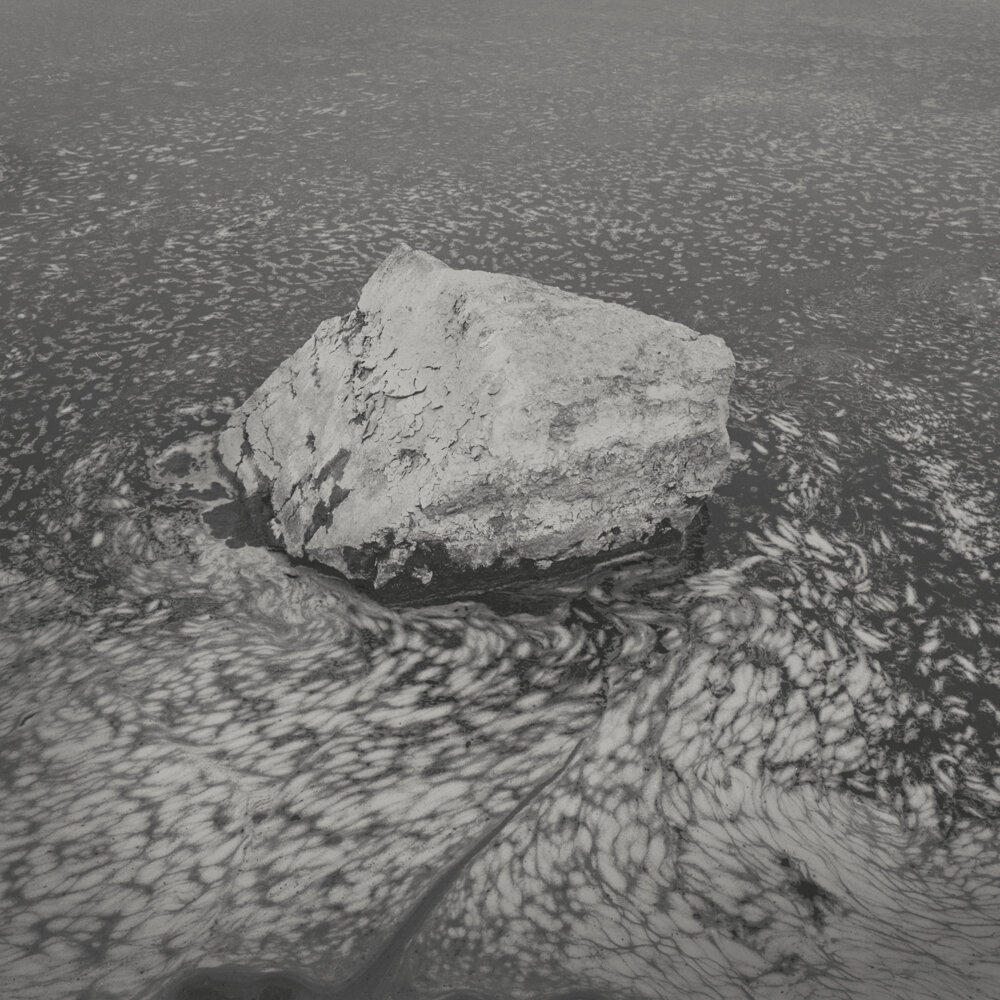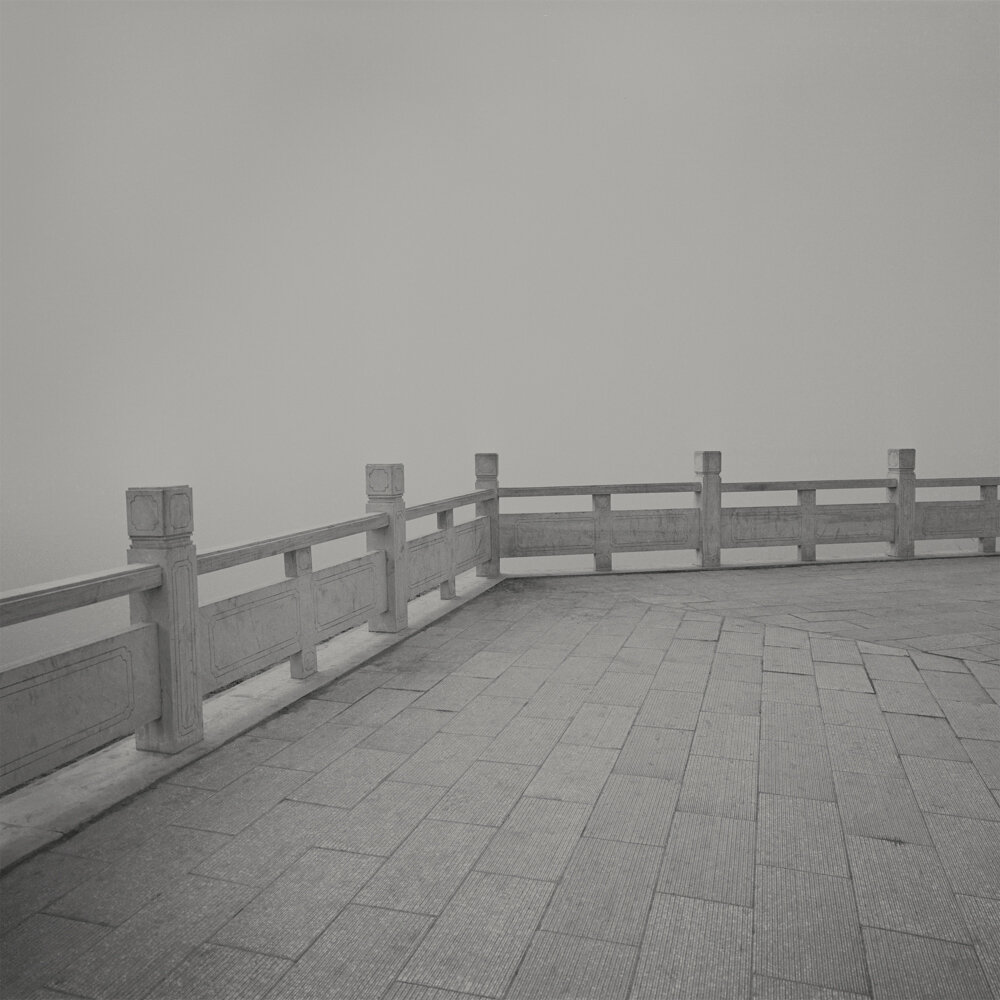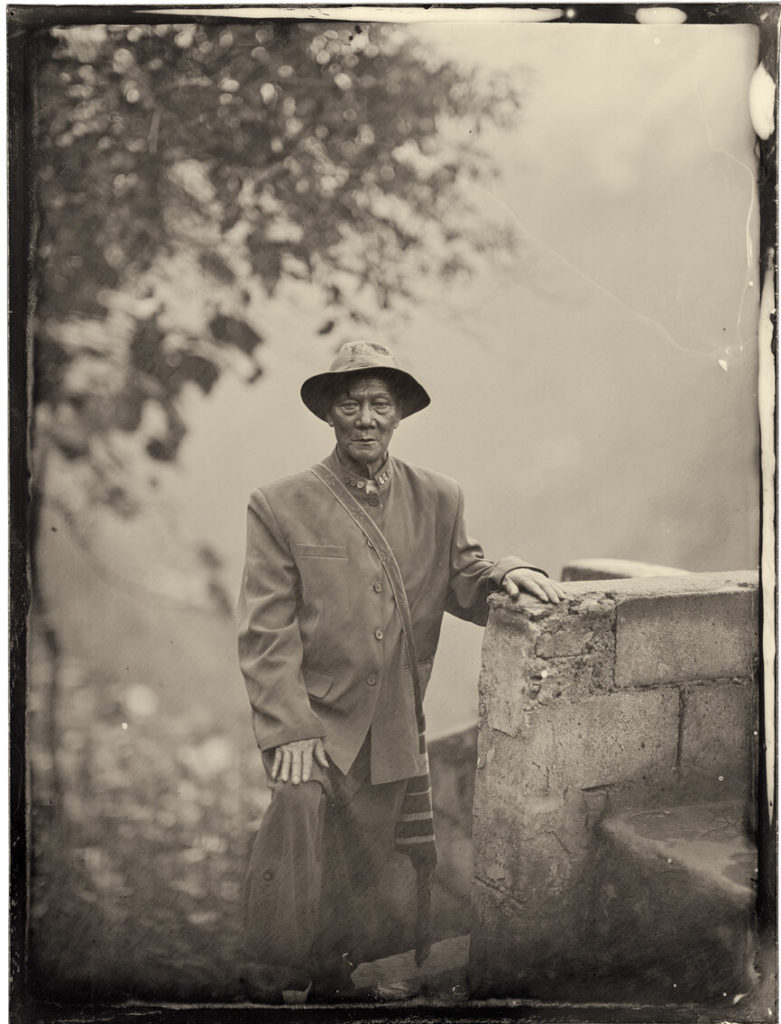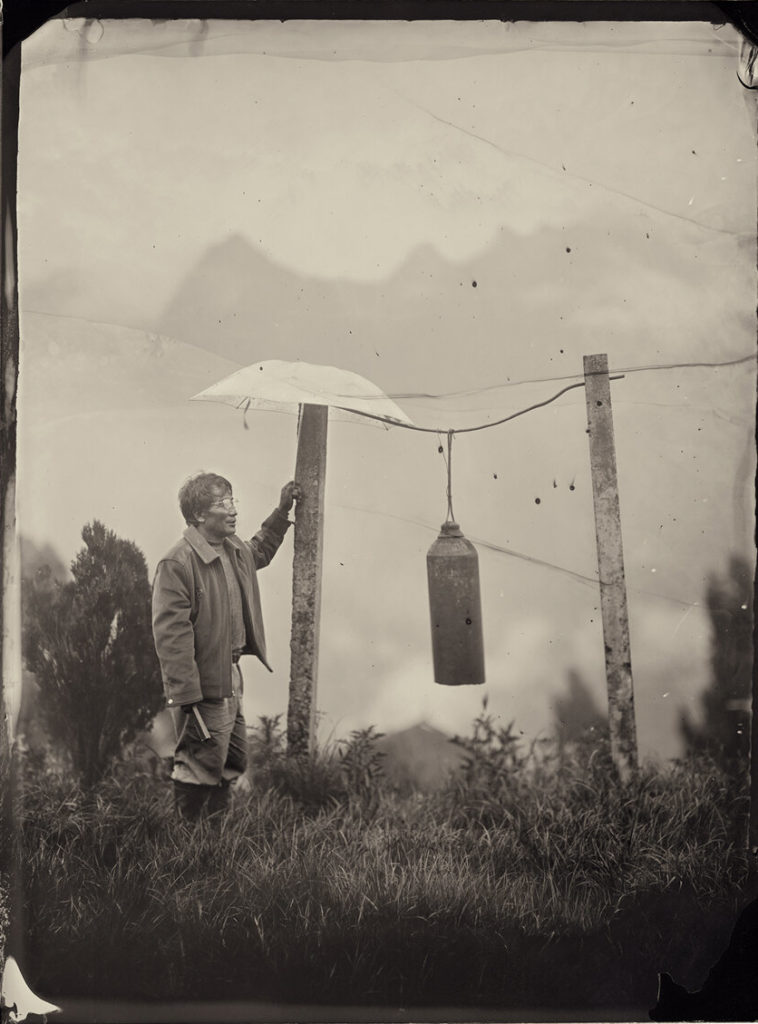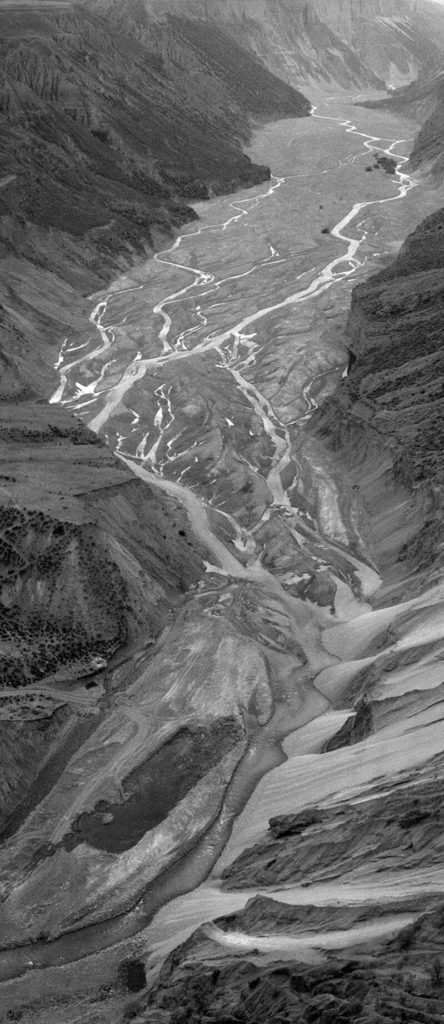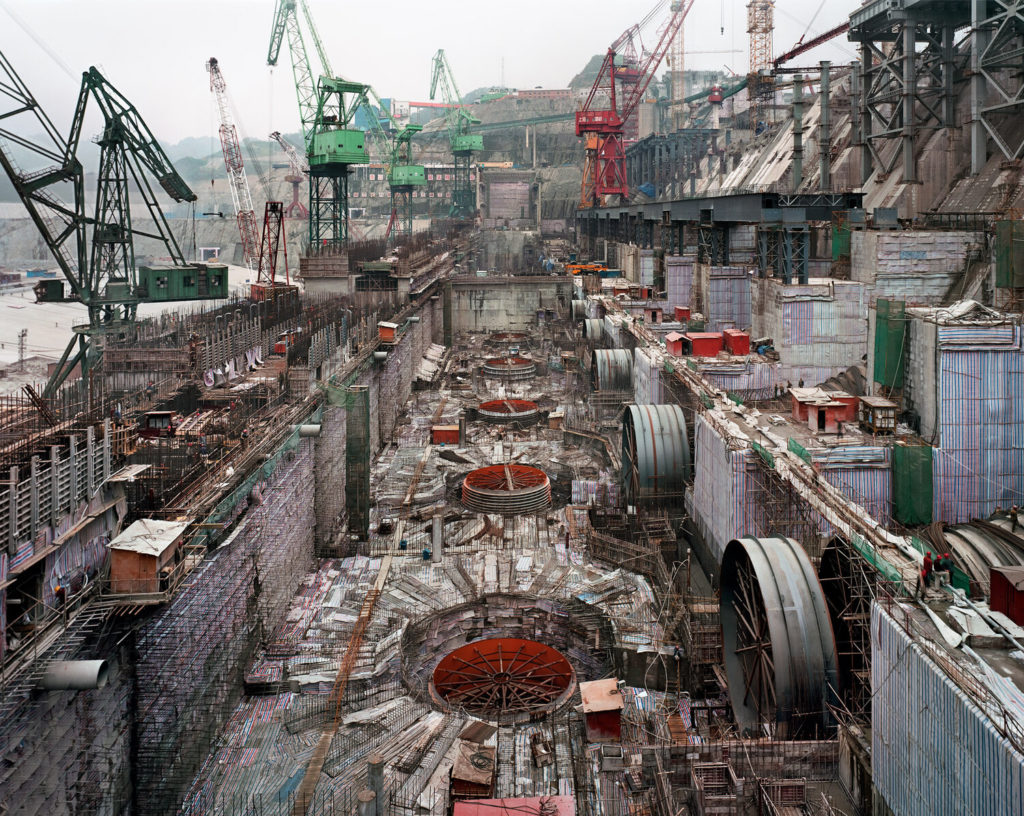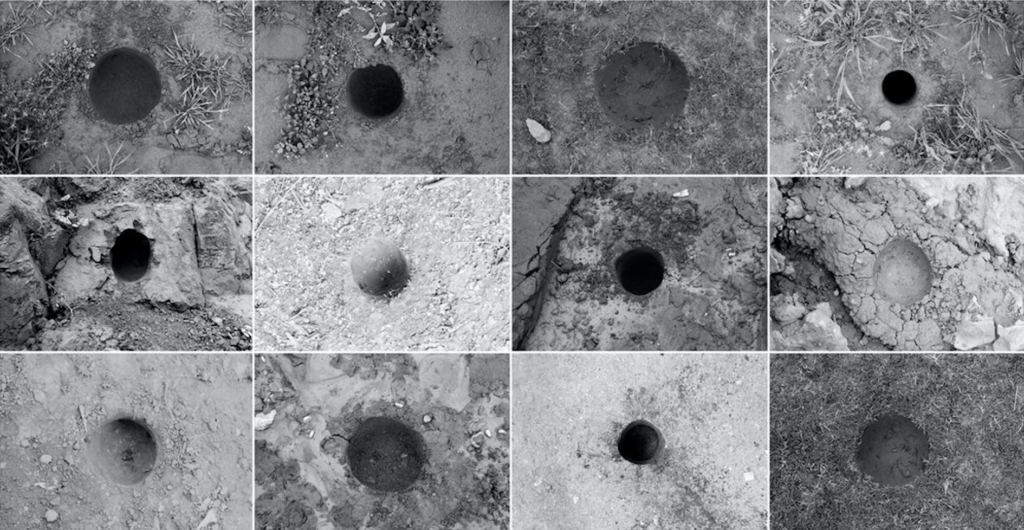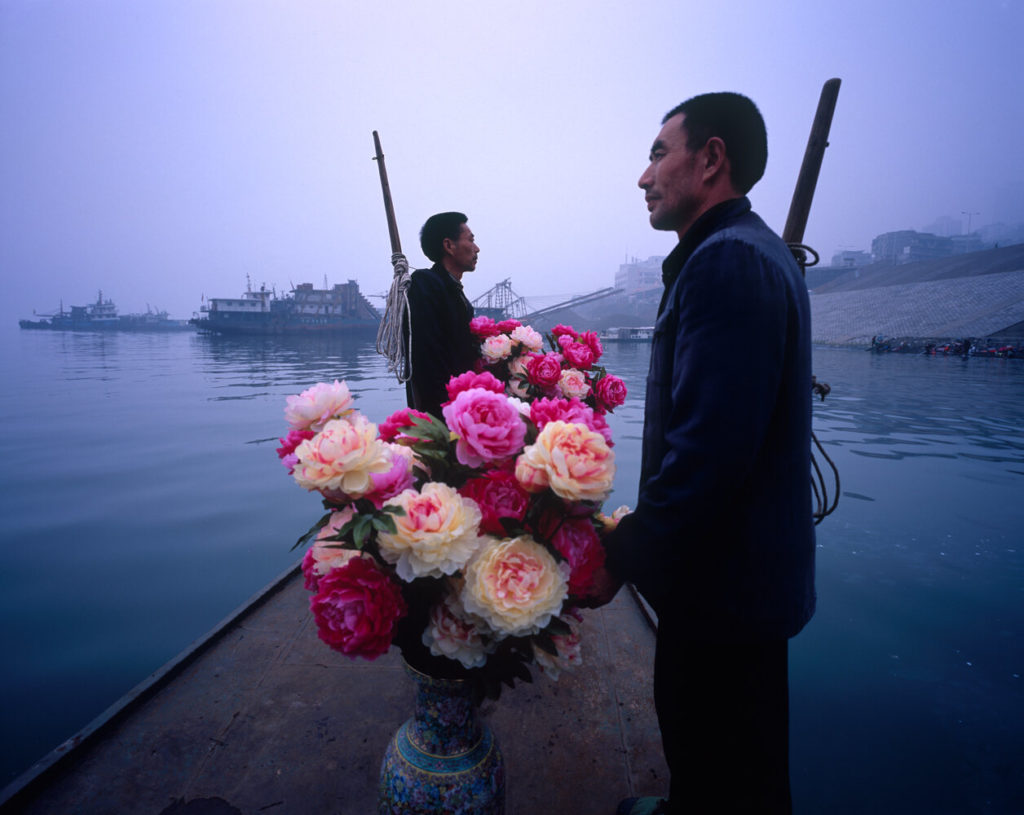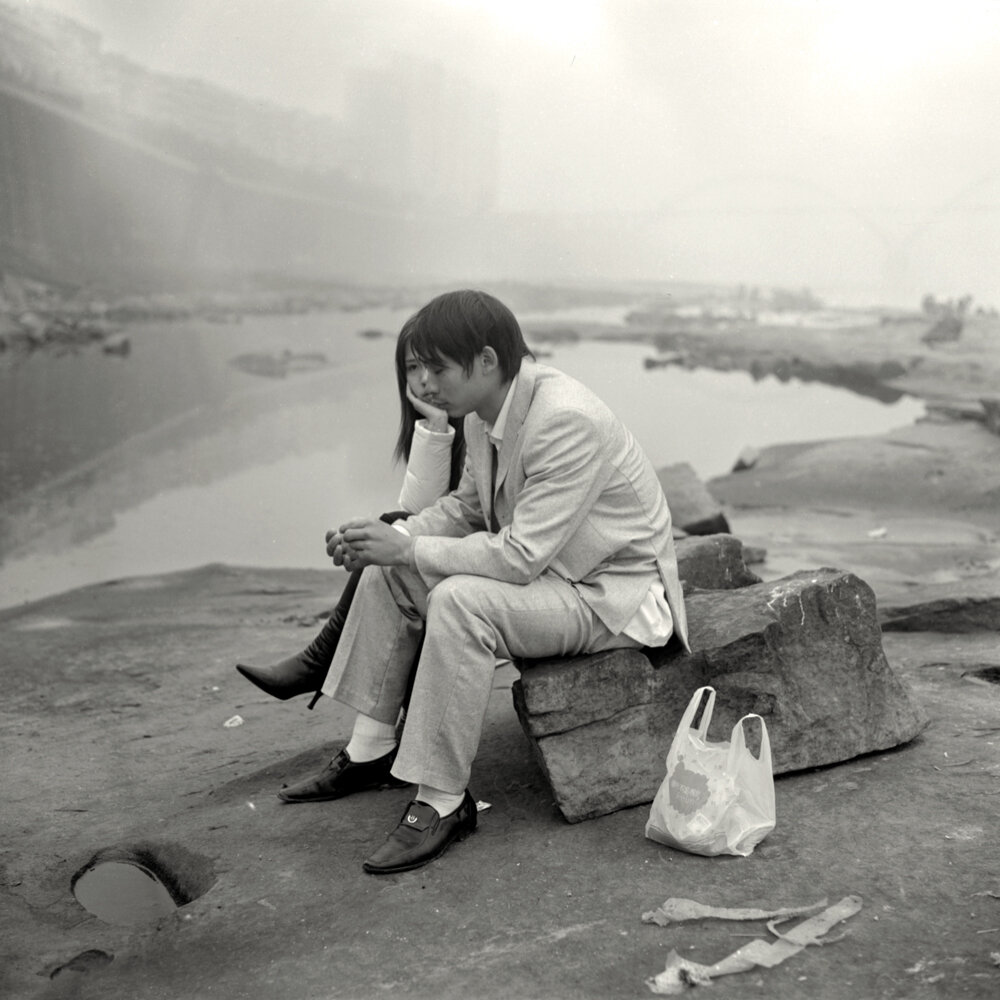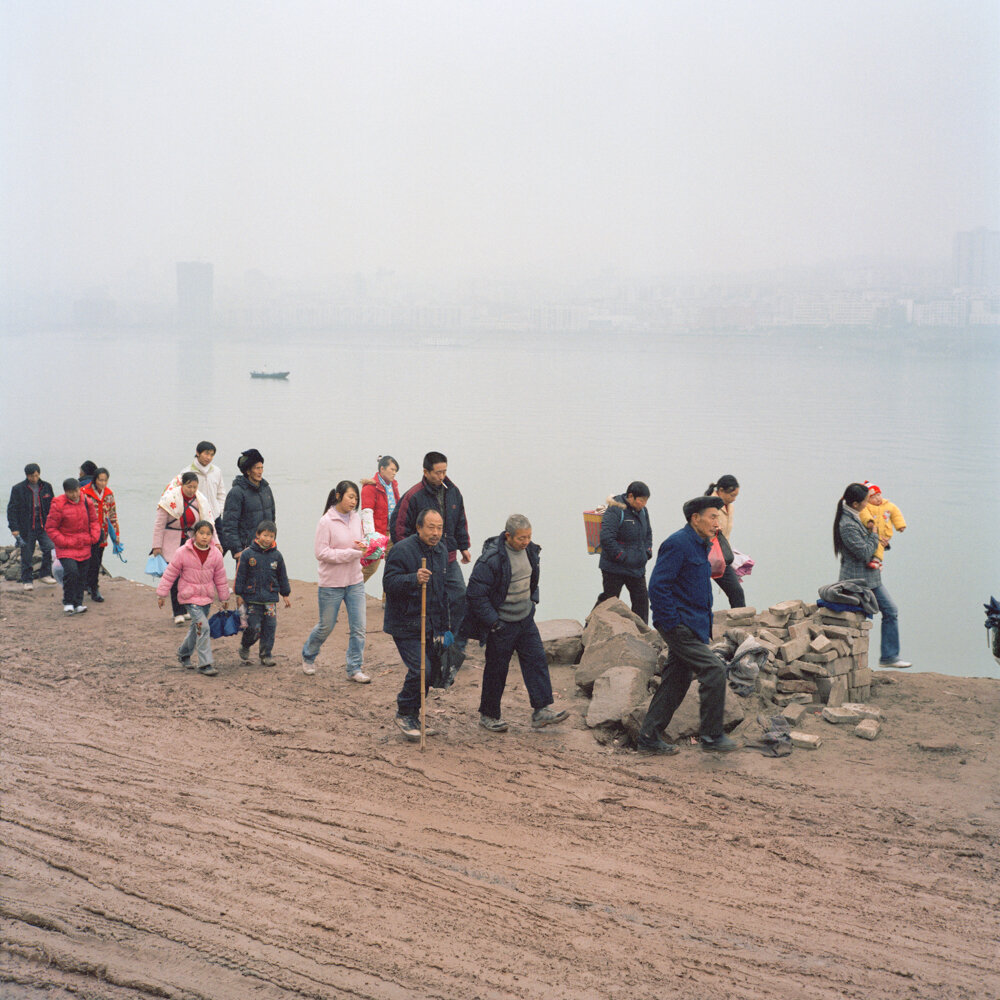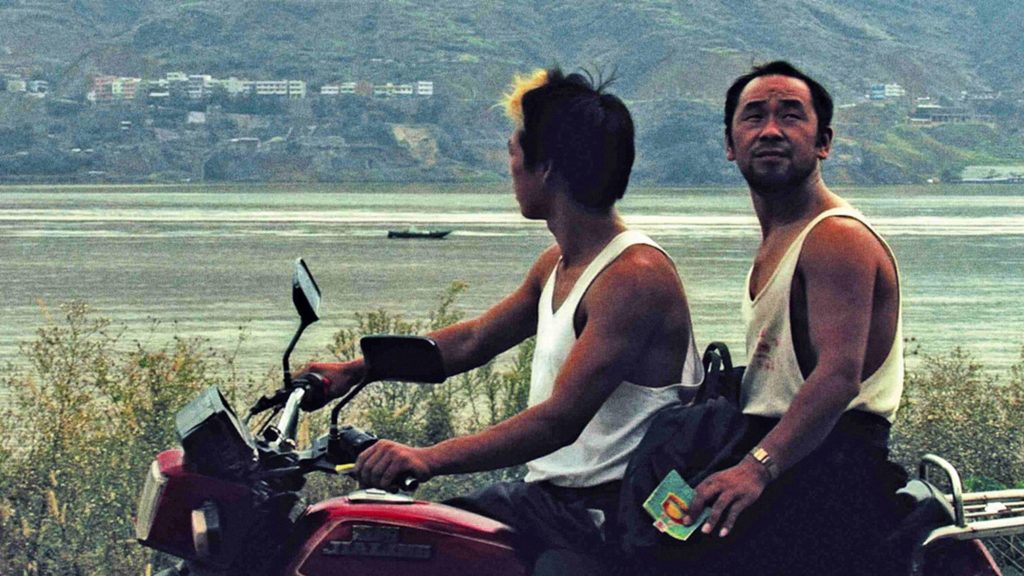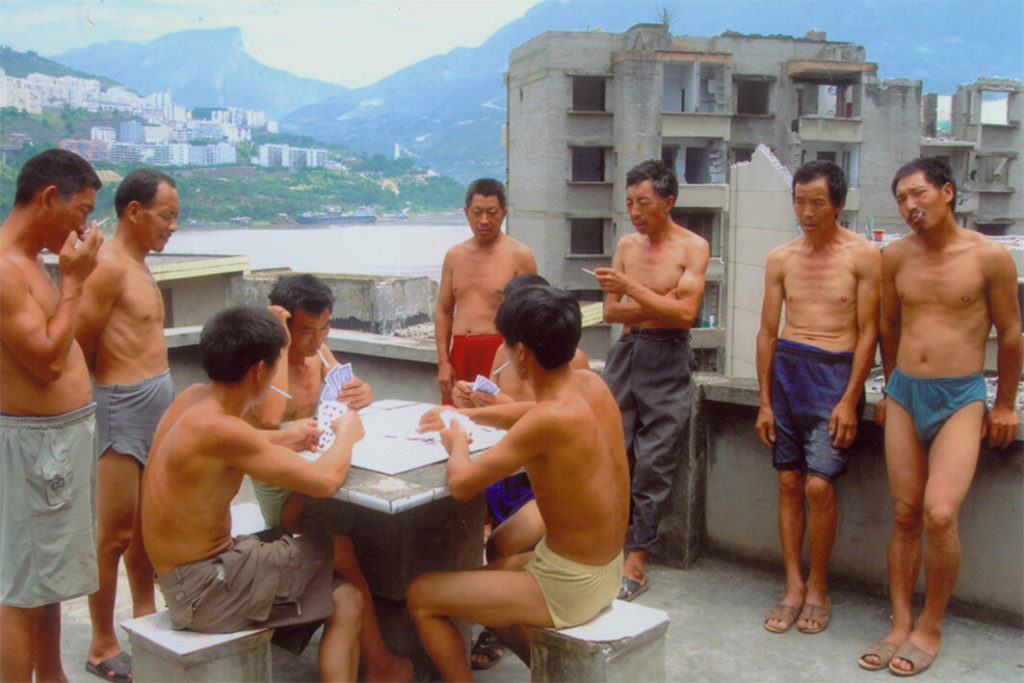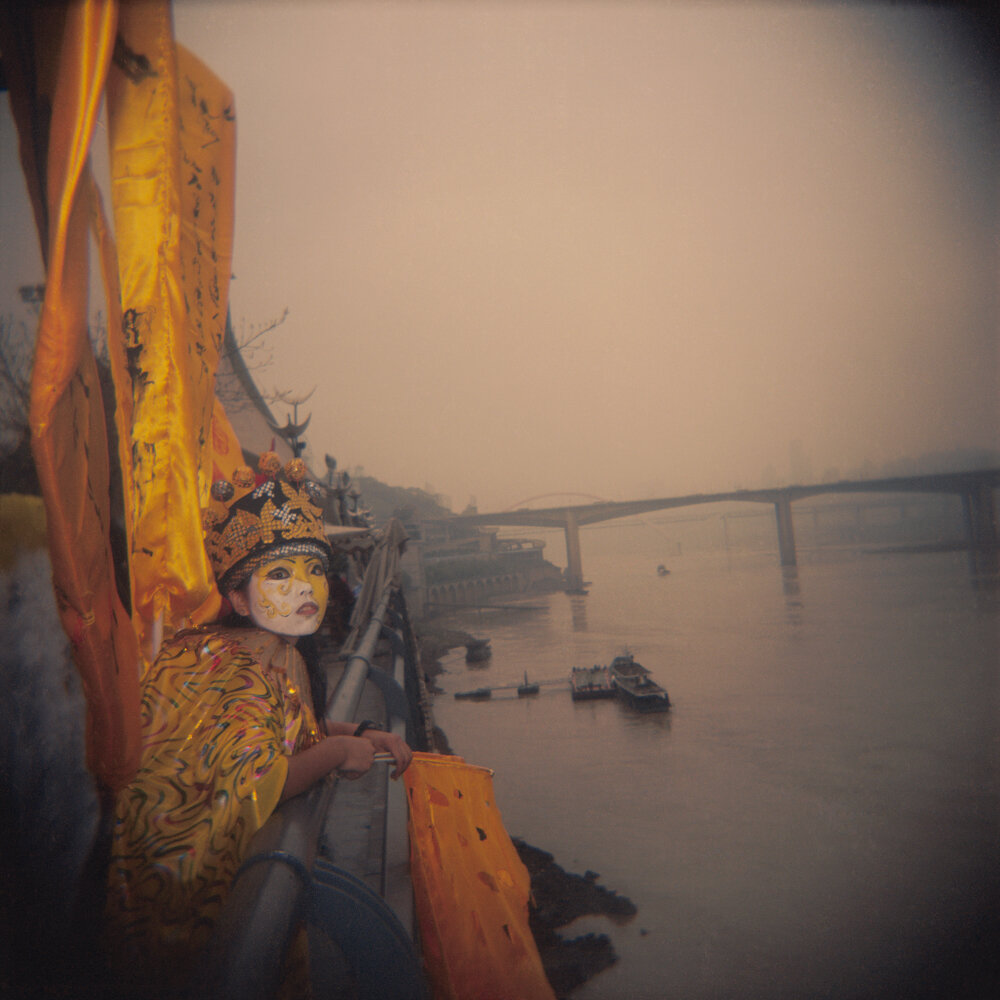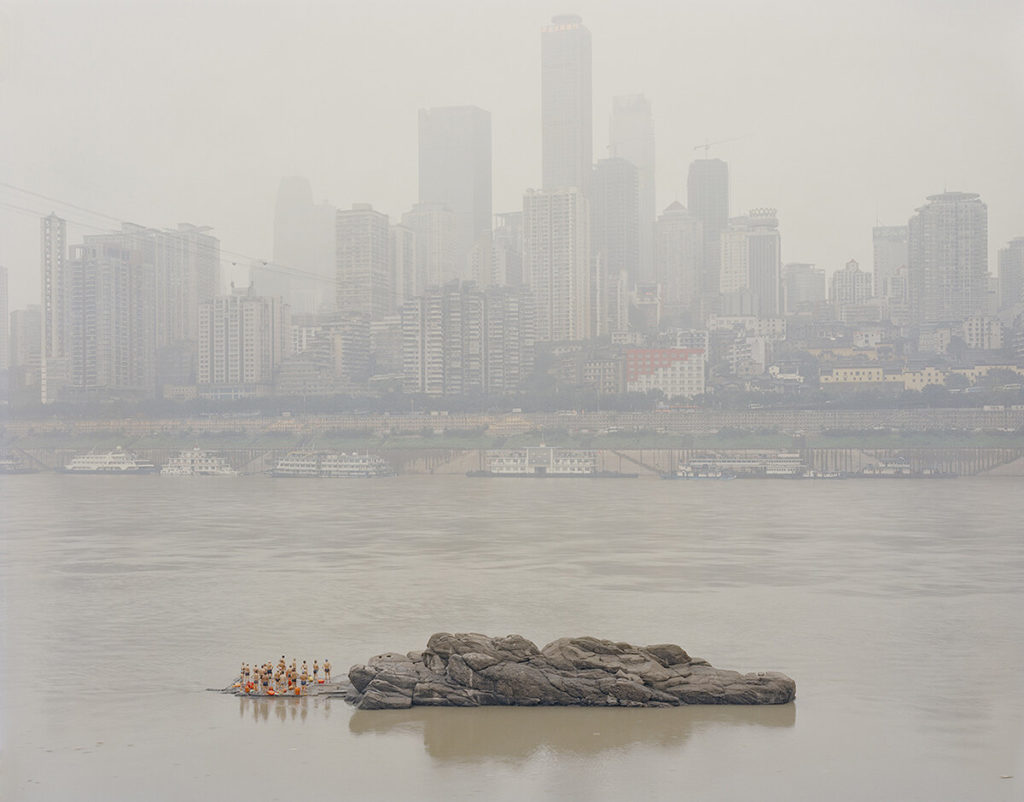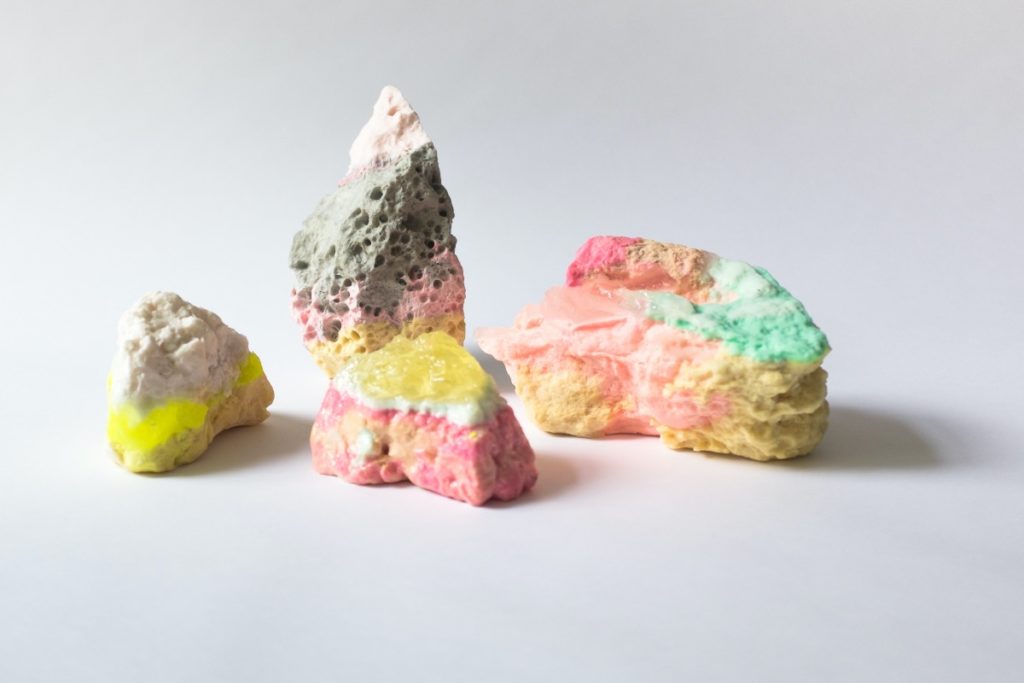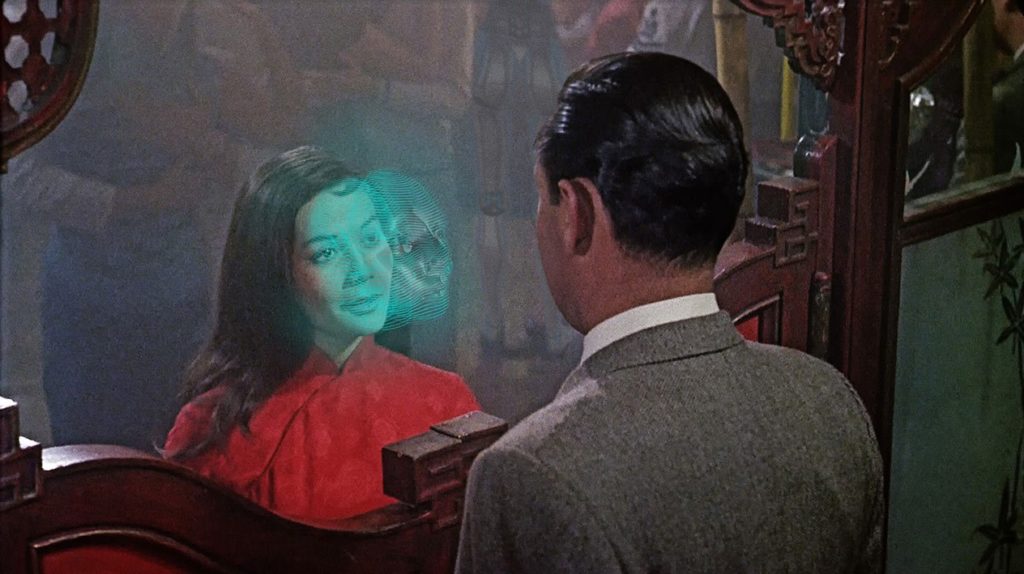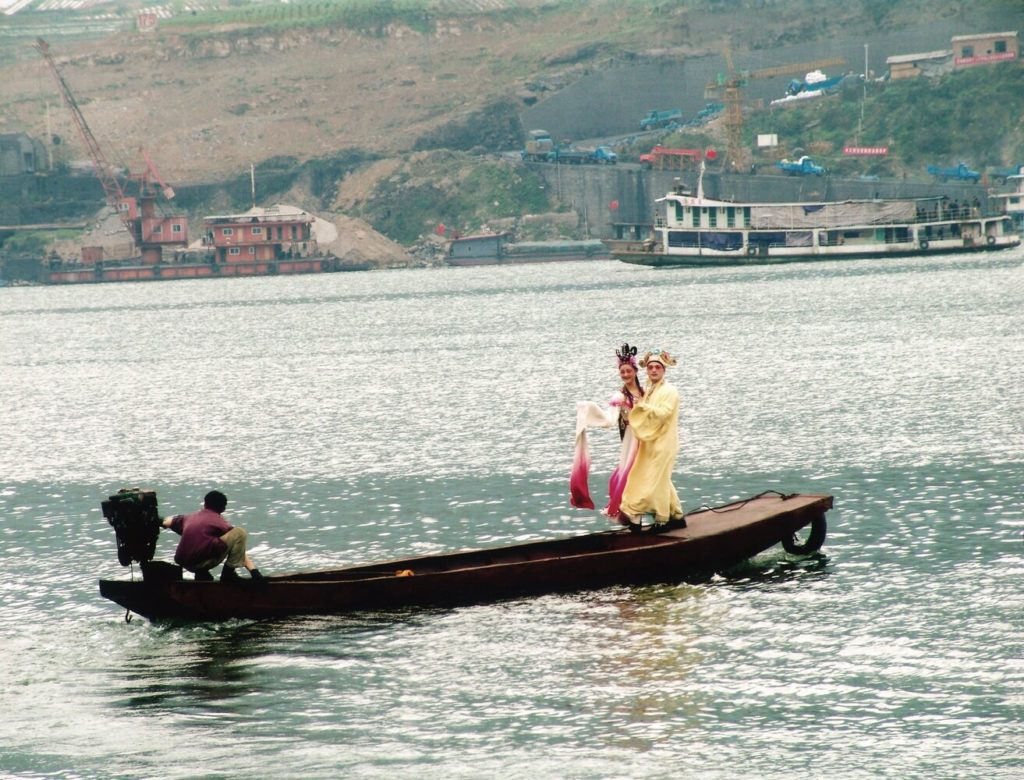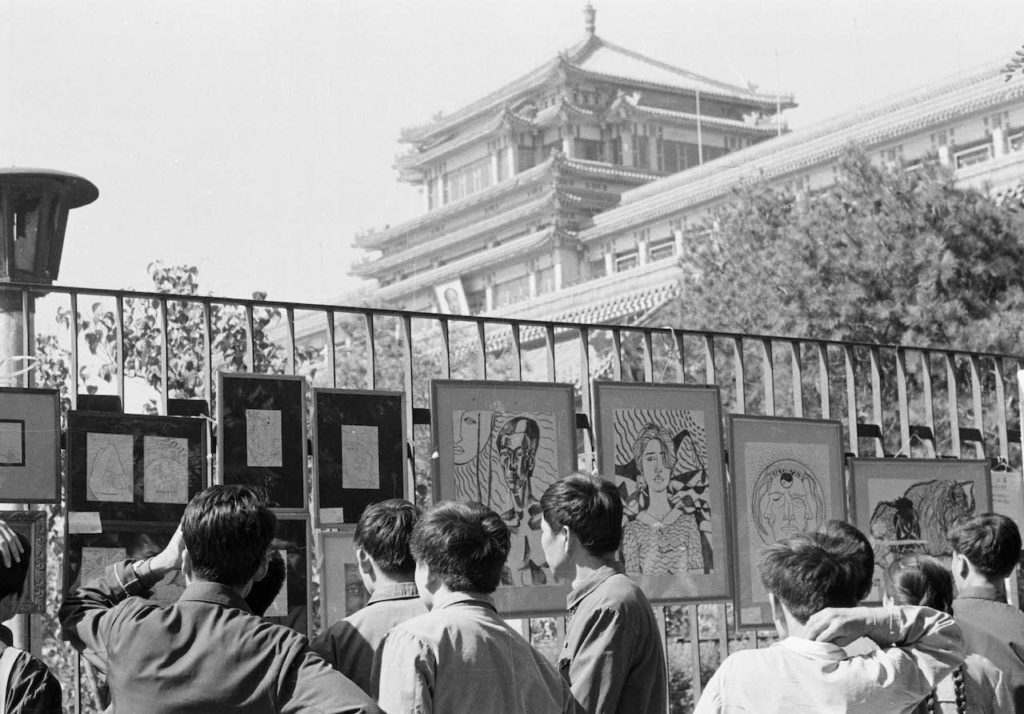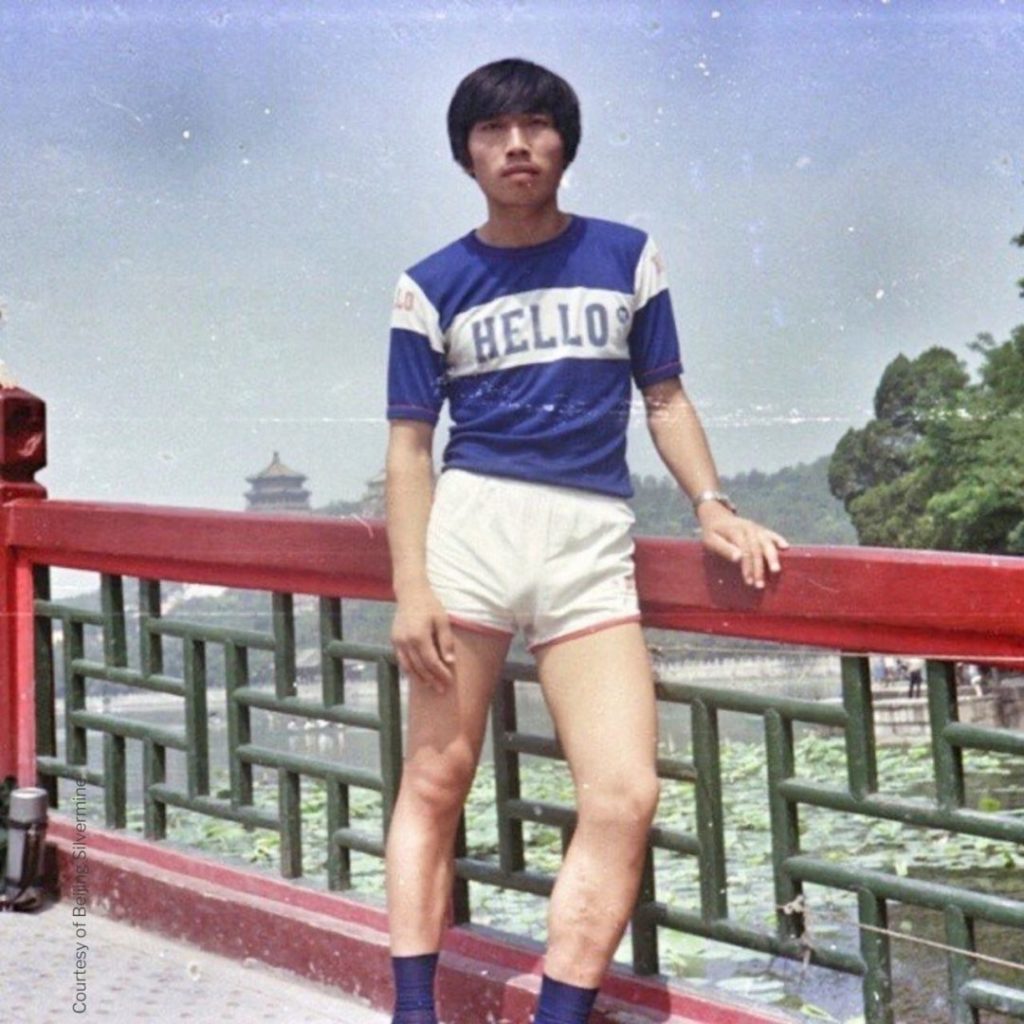Echoing the site of Jumièges Abbey near the Seine river, the photography exhibition “Flowing Waters Never Return to the Source: Photographers Gazing at the River in China” centered upon the Chinese river, a seminal theme in contemporary photography in China, as seen through the eyes of thirteen photographers.
From the re-appropriation of traditional Chinese painting where idealized landscapes seem suspended in time (“mountain-water”) to the accelerated modernization of the country and its consequences for nature and the environment, and visual narratives using its evocative power, the river has formed a recurring motif of inspiration for photographers in China over the past twenty years.
Photo portfolio of the exhibition “Flowing Waters Never Return to the Source. Photographers Gazing at the River in China”
The book accompanying the exhibition (bilingual French-Chinese) brings together reproductions of the exhibited works, an illustrated essay and exclusive interviews with the artists. Published by Bandini Books, it will be available for sale from 15 July !
Find out more about the “Flowing waters never return to the source” exhibition.

